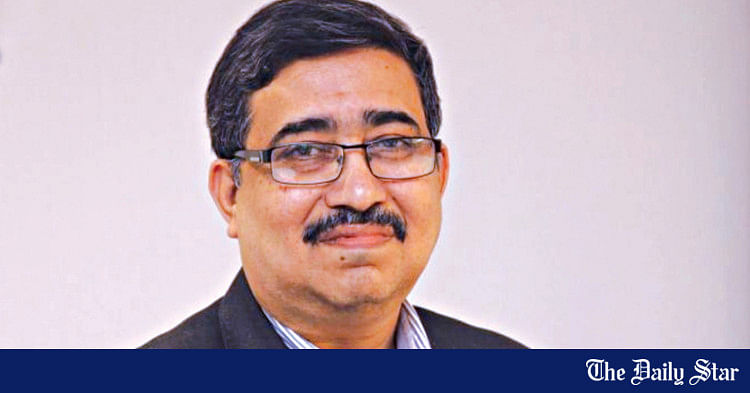Saif
Senior Member
- Messages
- 14,863
- Reaction score
- 7,675
- Origin

- Residence

- Axis Group

The following video talks about the nascent semiconductor industry in Bangladesh.
Follow along with the video below to see how to install our site as a web app on your home screen.

Note: this_feature_currently_requires_accessing_site_using_safari






























































Loading...